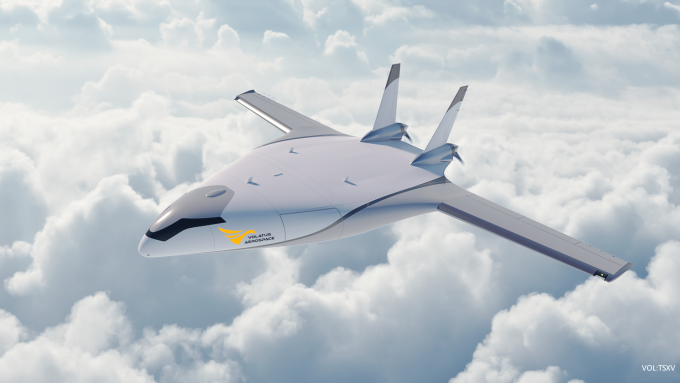FedEx message regarding passing of founder and executive chairman Frederick W. Smith
June 21, 2025 10:13 PM The following is a message sent to FedEx team members. Team, It is ...

Drone technology is fast developing into a scalable and rapid delivery system. The latest technological advance coming out of the US is the first Natilus 3.8T autonomous aircraft, with the first production delivery spot secured by Volatus Aerospace.
Up to now the drone designs have had relatively ...

Comment on this article